William Thomas III in The New York Times:
 On Aug. 6, 1845, Frederick Douglass set sail on a speaking tour of England and Ireland to promote the cause of antislavery. He had just published “The Narrative of the Life of Frederick Douglass,” an instant best seller that, along with his powerful oratory, had made him a celebrity in the growing abolition movement. No sooner had he arrived in Britain, however, than Douglass began to realize that white abolitionists in Boston had been working to undermine him: Before he’d even left American shores, they had privately written his British hosts and impugned his motives and character.
On Aug. 6, 1845, Frederick Douglass set sail on a speaking tour of England and Ireland to promote the cause of antislavery. He had just published “The Narrative of the Life of Frederick Douglass,” an instant best seller that, along with his powerful oratory, had made him a celebrity in the growing abolition movement. No sooner had he arrived in Britain, however, than Douglass began to realize that white abolitionists in Boston had been working to undermine him: Before he’d even left American shores, they had privately written his British hosts and impugned his motives and character.
The author of these “sneaky,” condescending missives, Douglass soon discovered, was Maria Weston Chapman, a wealthy, well-connected and dedicated activist whose scornful nickname, “the Contessa,” stemmed from her imperious behind-the-scenes work with the leading abolitionist William Lloyd Garrison. In Linda Hirshman’s fresh, provocative and engrossing account of the abolition movement, Chapman was “the prime mover” in driving Douglass away from the avowedly nonpolitical Garrisonians and toward the overtly political wing of abolitionism led by Gerrit Smith, a wealthy white businessman in upstate New York. With brisk, elegant prose Hirshman lays bare “the casual racism of the privileged class” within Garrison’s abolitionist circle.
Setting out on her research, Hirshman initially considered Chapman a feminist hero whose significant role in the movement had long been overlooked. After all, Chapman raised enormous funds for abolition societies, edited Garrison’s newspaper, The Liberator, for years in his long absences, and carried on a massive petition campaign to end slavery. But when she read Chapman’s voluminous correspondence, Hirshman encountered the ugly personal rivalries and private politics at the center of a shaky alliance between the uncompromising Garrison and the ambitious and self-possessed Douglass.
More here. (Note: At least one post throughout the month of February will be devoted to Black History Month. The theme for 2022 is Black Health and Wellness)

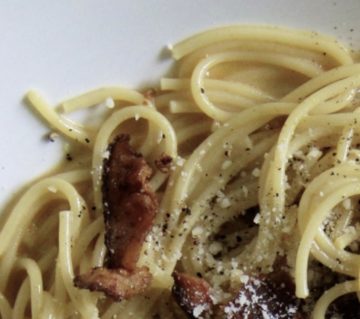 Angela
Angela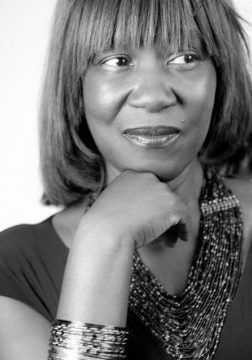
 A few years ago, an older colleague of mine passed away. I spent some time with his widow in the months afterward. As a prominent sleep researcher, her husband had traveled quite often to attend academic conferences. Over dinner one night, she shook her head as she told me it just did not feel like he was gone. It felt as though he was just away on another trip and would walk through their door again at any minute.
A few years ago, an older colleague of mine passed away. I spent some time with his widow in the months afterward. As a prominent sleep researcher, her husband had traveled quite often to attend academic conferences. Over dinner one night, she shook her head as she told me it just did not feel like he was gone. It felt as though he was just away on another trip and would walk through their door again at any minute. Like everyone, we at Scientific American have been thinking about this terrible disease constantly and trying to make sense of it. We’ve published hundreds of articles about the
Like everyone, we at Scientific American have been thinking about this terrible disease constantly and trying to make sense of it. We’ve published hundreds of articles about the 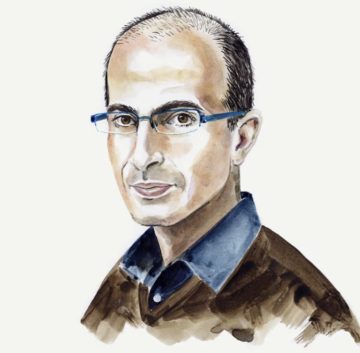 At the heart of the Ukraine crisis lies a fundamental question about the nature of history and the nature of humanity: is change possible? Can humans change the way they behave, or does history repeat itself endlessly, with humans forever condemned to re-enact past tragedies without changing anything except the décor?
At the heart of the Ukraine crisis lies a fundamental question about the nature of history and the nature of humanity: is change possible? Can humans change the way they behave, or does history repeat itself endlessly, with humans forever condemned to re-enact past tragedies without changing anything except the décor?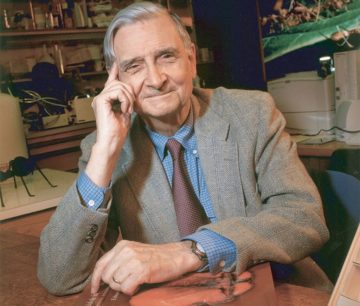 Richard Seymour in Sidecar (photo by Jim Harrison – PLoS, CC BY 2.5):
Richard Seymour in Sidecar (photo by Jim Harrison – PLoS, CC BY 2.5): Bruce Baigrie in Phenomenal World:
Bruce Baigrie in Phenomenal World: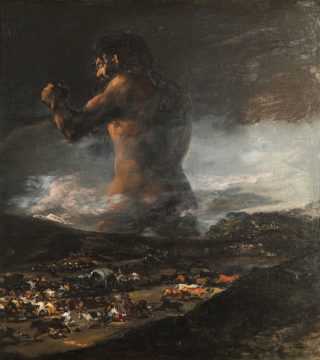 Geoff Mann in the LRB:
Geoff Mann in the LRB: when no softness came, we looked for the tired in each other’s knees. Held it up by our fingertips, wove a bed where we might dream. When no softness came, I cried in the shower and gave my anger to the sea. I forgot I wasn’t alone until the spirit with nine hundred and sixteen selves came and goaded me into staying alive. Reclining backward on a moving horse, the figure in your tapestry looks like they’re doing an impossible thing. I recognized it as I walked through the gallery — the taut and tender of seeking rest in a place swirling with its impossibility.
when no softness came, we looked for the tired in each other’s knees. Held it up by our fingertips, wove a bed where we might dream. When no softness came, I cried in the shower and gave my anger to the sea. I forgot I wasn’t alone until the spirit with nine hundred and sixteen selves came and goaded me into staying alive. Reclining backward on a moving horse, the figure in your tapestry looks like they’re doing an impossible thing. I recognized it as I walked through the gallery — the taut and tender of seeking rest in a place swirling with its impossibility. As you have been repeatedly reminded in recent days, one year ago, thousands of Donald Trump’s followers launched a lethal attack on the U.S. Capitol as part of a larger coup attempt whose obvious goal was to overturn America’s multiracial democracy and install their Great Leader as de facto dictator. Several people would died during the Capitol assault. More than 150 police officers and other law enforcement agents were injured.
As you have been repeatedly reminded in recent days, one year ago, thousands of Donald Trump’s followers launched a lethal attack on the U.S. Capitol as part of a larger coup attempt whose obvious goal was to overturn America’s multiracial democracy and install their Great Leader as de facto dictator. Several people would died during the Capitol assault. More than 150 police officers and other law enforcement agents were injured.
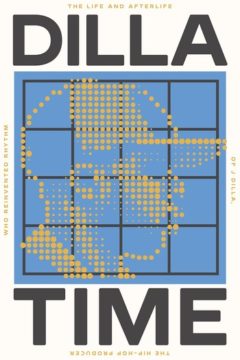 That hagiography can make a whole generation of listeners and griot consumers delusional or silly with lopsided obsession, but in the aftermath of Dilla’s time on the planet, the hero worship that bloomed felt more like a call to rigor and self-mastery. Dilla renewed a whole era’s trust in its ability to sound how it felt to be alive, to sound real and not like someone hoping to get famous off a gimmick. Our collective faith in singular greatness, like that of John Coltrane or Duke Ellington or Miles Davis or Billie Holiday, was renewed by Dilla. Dilla Time, the book, gives us a precise map of the influence we were trying to unravel then, and explains why it felt like mundane time had officially ended for a while. Mistakes were “thrilling to James,” Charnas writes. “They reminded him of messy house parties, and the interminable rehearsals of his childhood, and the discord of musical devotion in the sanctuary of Vernon Chapel, the unity made from the chaos of humans interacting.”
That hagiography can make a whole generation of listeners and griot consumers delusional or silly with lopsided obsession, but in the aftermath of Dilla’s time on the planet, the hero worship that bloomed felt more like a call to rigor and self-mastery. Dilla renewed a whole era’s trust in its ability to sound how it felt to be alive, to sound real and not like someone hoping to get famous off a gimmick. Our collective faith in singular greatness, like that of John Coltrane or Duke Ellington or Miles Davis or Billie Holiday, was renewed by Dilla. Dilla Time, the book, gives us a precise map of the influence we were trying to unravel then, and explains why it felt like mundane time had officially ended for a while. Mistakes were “thrilling to James,” Charnas writes. “They reminded him of messy house parties, and the interminable rehearsals of his childhood, and the discord of musical devotion in the sanctuary of Vernon Chapel, the unity made from the chaos of humans interacting.”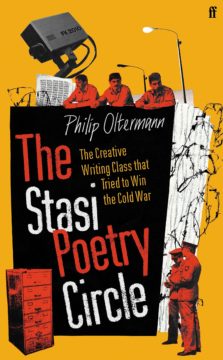 Philip Oltermann’s engrossing The Stasi
Philip Oltermann’s engrossing The Stasi 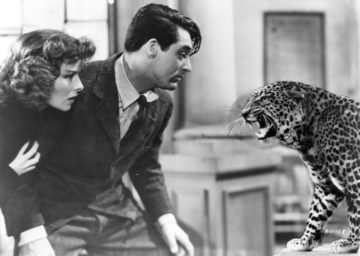 What’s exceptional about the film’s use of the tune is that it is a love song sung under duress, not for courtship but to appease the whims of a leopard named Baby and an equally unpredictable woman (Hepburn is as much a principle of chaos as any wild creature). The song must be performed in the exact style and pace that accommodates the leopard’s movements: a harried and desperate version when Baby wants to jump out of the car; a few dawdling, absent-minded phrases once he’s safely on the estate.
What’s exceptional about the film’s use of the tune is that it is a love song sung under duress, not for courtship but to appease the whims of a leopard named Baby and an equally unpredictable woman (Hepburn is as much a principle of chaos as any wild creature). The song must be performed in the exact style and pace that accommodates the leopard’s movements: a harried and desperate version when Baby wants to jump out of the car; a few dawdling, absent-minded phrases once he’s safely on the estate.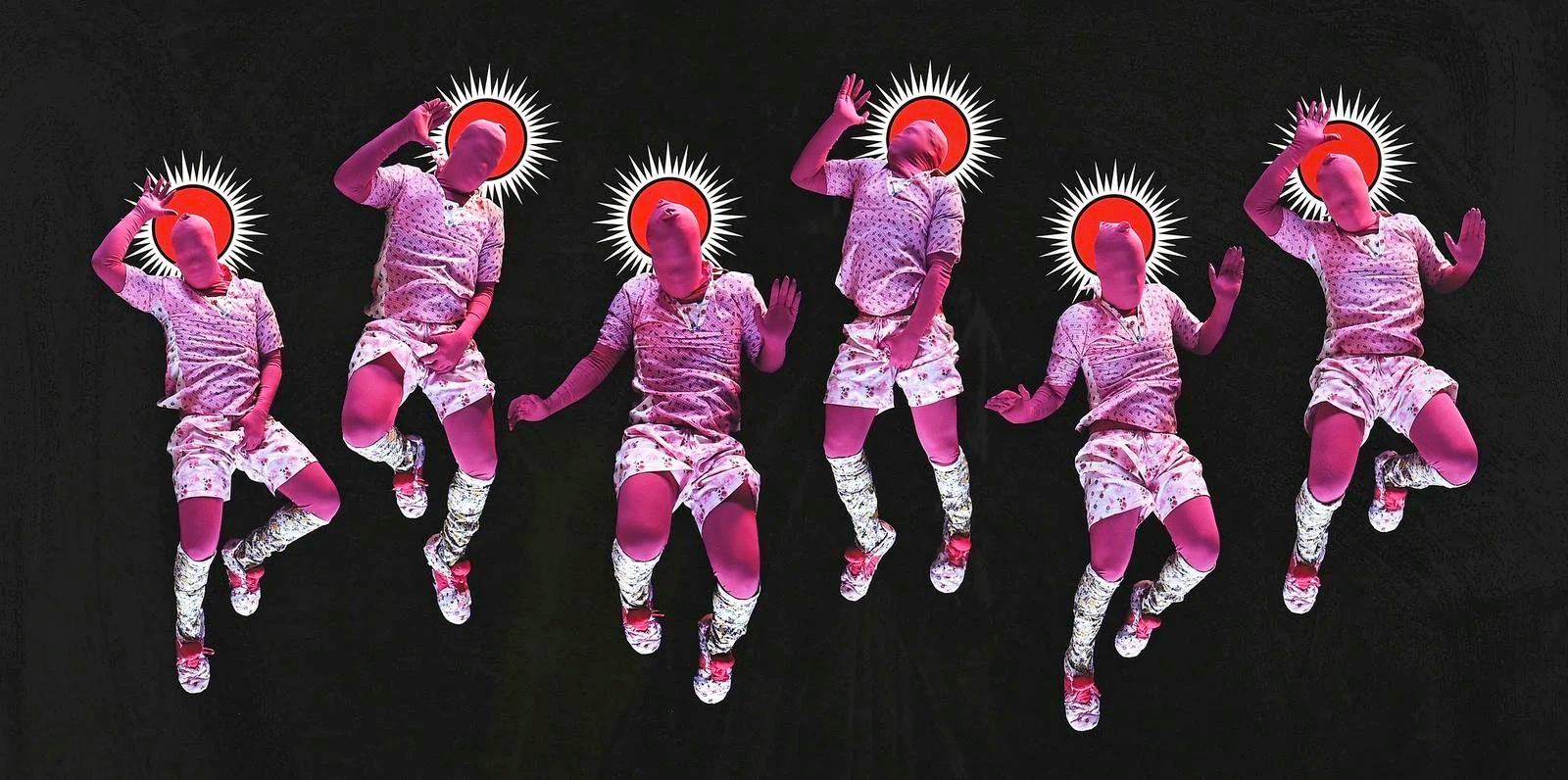 It was the second month of lockdown and the spring stretched before me like Arabic ice cream. My dad announced that he would be out all day, so I put two tabs of acid in a water bottle and headed out to the garden. A perfect time to pretend to enjoy solitude and figure out the riddles of the universe. I pulled out a big picnic blanket, sat beneath the shade of a young apple tree and waited for the new blooms of the cactus flower to speak.
It was the second month of lockdown and the spring stretched before me like Arabic ice cream. My dad announced that he would be out all day, so I put two tabs of acid in a water bottle and headed out to the garden. A perfect time to pretend to enjoy solitude and figure out the riddles of the universe. I pulled out a big picnic blanket, sat beneath the shade of a young apple tree and waited for the new blooms of the cactus flower to speak.